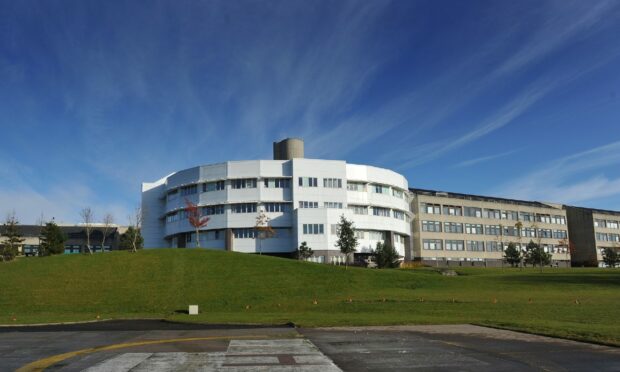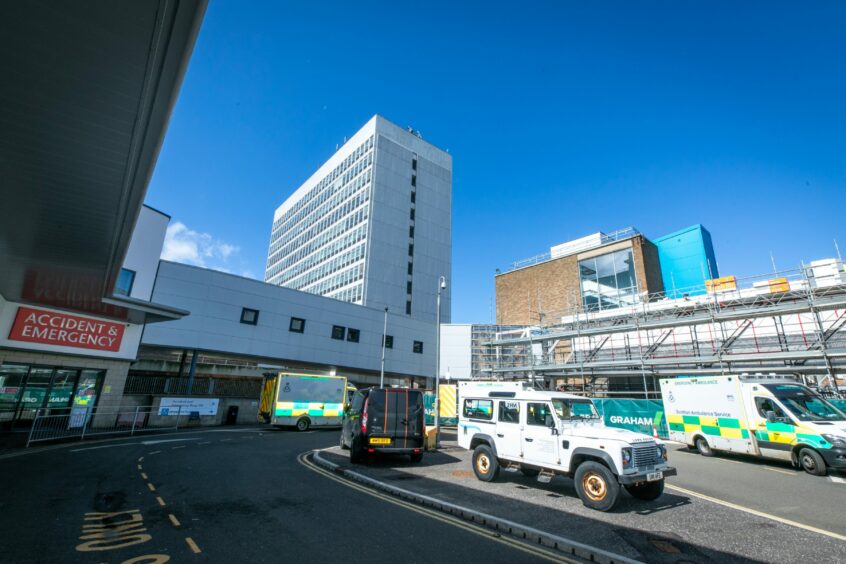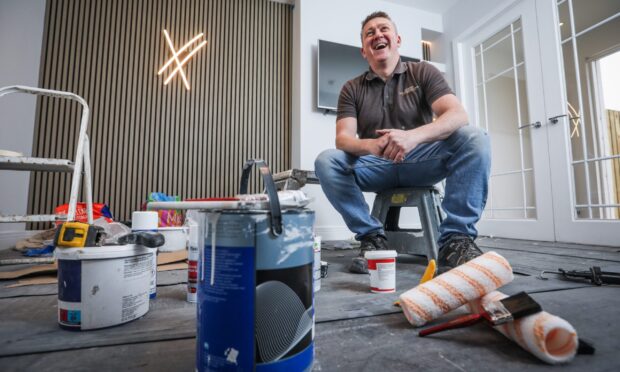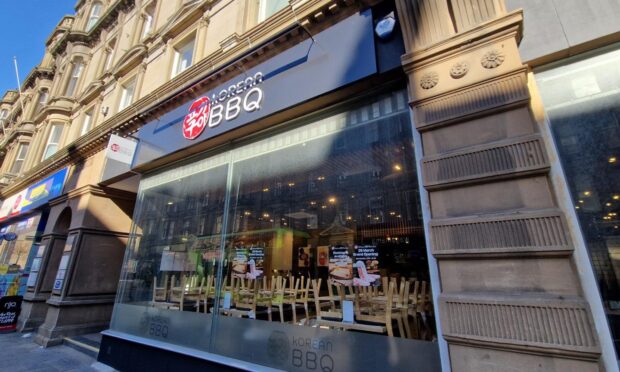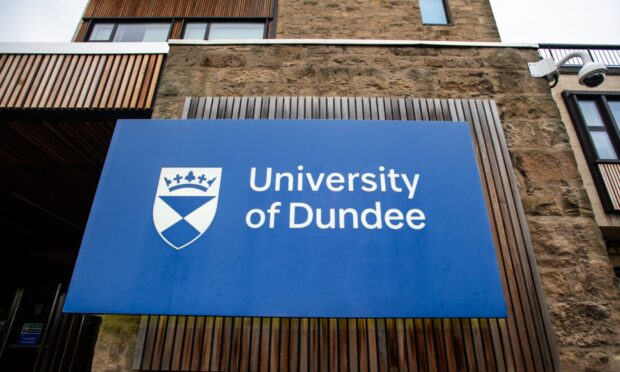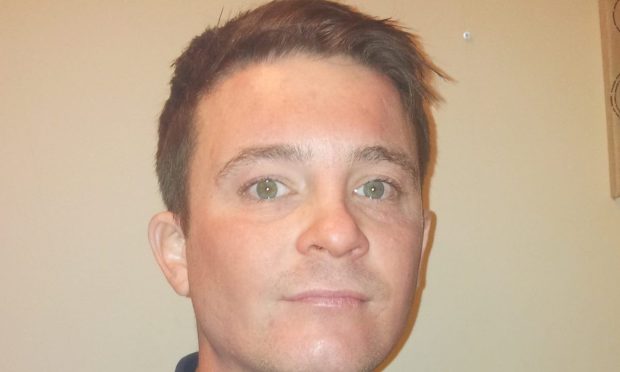NHS buildings across Tayside and Fife, including Ninewells Hospital, may be at risk due to potentially faulty concrete used in construction.
Reinforced autoclaved aerated concrete (RAAC) was used between the 1950s and the 1990s as a cheaper and lighter alternative to concrete.
However, the material has now been found to have flaws regarding durability and could crumble, especially when wet.
NHS Scotland warned in its Safety Action Notice that RAAC is “relatively weak and prone to degradation over time”.
“The limited visible exposure of panels to assess their condition may result in catastrophic failure without warning.”
In total 11 NHS buildings in Tayside, including 11 blocks at Ninewells Hospital might contain RAAC.
Up to nine NHS sites across Fife may also contain faulty concrete.
Full list of NHS buildings that may be affected
The following block(s) at listed NHS sites may have used RAAC in construction:
NHS Tayside
- Aberfeldy Community Hospital – Extension (1980) phase 1 & 2
- Arbroath Infirmary – X-ray extension
- Brechin Health Centre – Health centre extension
- Dundee Dental Hospital – Staff canteen
- Friockheim Health Centre – Health centre
- King Centre, Crieff – Health centre
- Kings Cross Hospital, Dundee – Toilet block, bowel screening building, Kings Cross Health Centre
- Ninewells Hospital – Doctors residences, Tayside Pharmaceuticals, C o N Residences South, clinical skills, garage, old library, medical physics, supply core, lecture theatres, library & Ian Low Centre, workshops, concourse block, main ward block
- Perth Royal Infirmary – Public toilets (disused), orthotics, trust office/ pharmacy, maternity unit
- Royal Victoria Hospital – D.O.M.E offices extension (in front of wards 4/5), physiotherapy extension/day hospital, staff changing/dining/stores
- Wedderburn House – Wedderburn House
NHS Fife
- Cameron Hospital – Linen room (closed)
- Kelty Health Centre – Kelty main block
- Kinghorn Health Centre – Kinghorn main block
- Kirkcaldy Health Centre – Kirkcaldy main block
- Leven Health Centre – Leven main block
- Lynebank Hospital, Dunfermline – Tayview and ward 12 offices, psychology, health records & health storage, main building
- Queen Margaret Hospital – Bhouse wards 05-07, ICASS wards 01-04, P1 main block
- Victoria Hospital, Kirkcaldy – Kitchen and dining room, Fife area labs north, Hayfield House, P1 main building
- Whytemans Brae Hospital, Kirkcaldy – Victoria Radio Network, boilerhouse, generator, day hospital and Ravenscraig, day hospital entrance, ward block
‘At this stage nothing is confirmed’ – NHS Fife
A spokesperson for NHS Fife said: “Following an initial desk-based survey of NHS buildings across Scotland, parts of 22 buildings in Fife were identified as potentially containing RAAC in their construction.
“These assessments were primarily based on the buildings having been constructed during the period when RAAC was used regularly and include a number where the likelihood of containing RAAC is considered low.
“At this stage, none of our buildings have been confirmed as containing RAAC.
“More detailed surveys will shortly be carried out to determine whether the material is present in any of the buildings identified.
“These surveys will also determine any requirements in terms of ongoing monitoring, or whether any immediate or future remedial action is required.”
NHS Tayside ‘following national guidance’
A spokesperson for NHS Tayside said: “NHS Tayside is following national guidance and has been engaging with colleagues from NHS National Services Scotland (NHS NSS) in relation to areas that could potentially contain reinforced autoclaved aerated concrete (RAAC).
“We have contacted our colleagues at NSS who are leading on collating all information provided by NHS Boards for an update on progress and next steps.
“Once NSS finalise their review, they will determine if further site surveys are necessary.”
